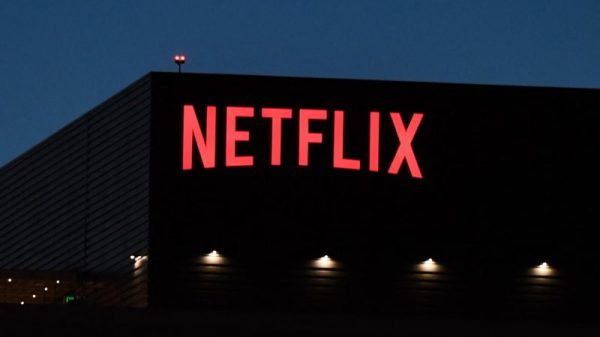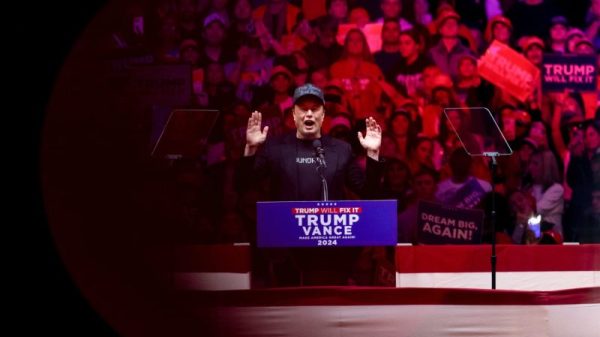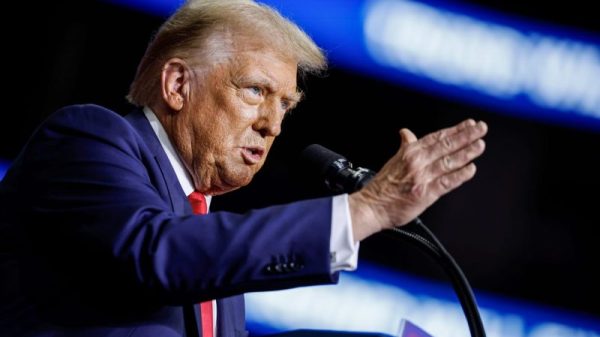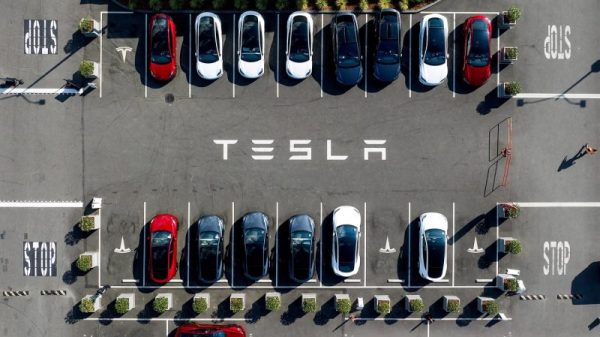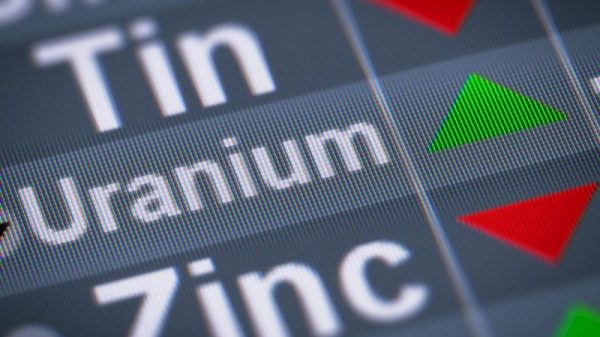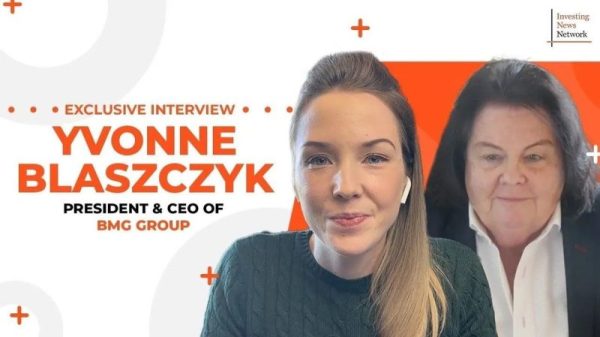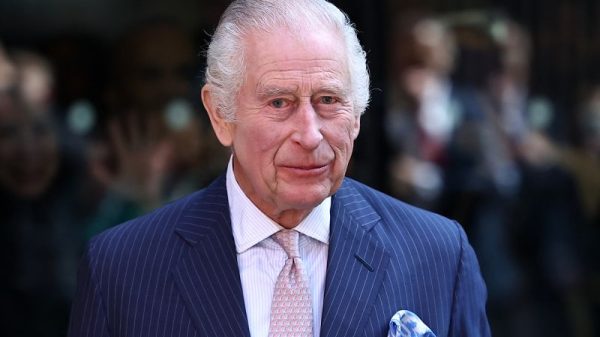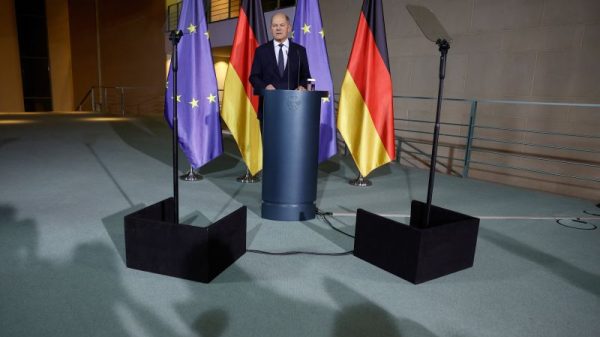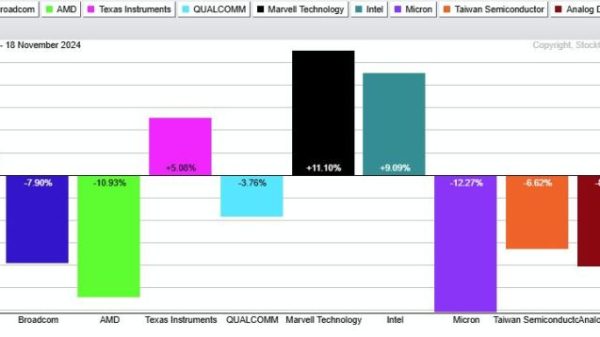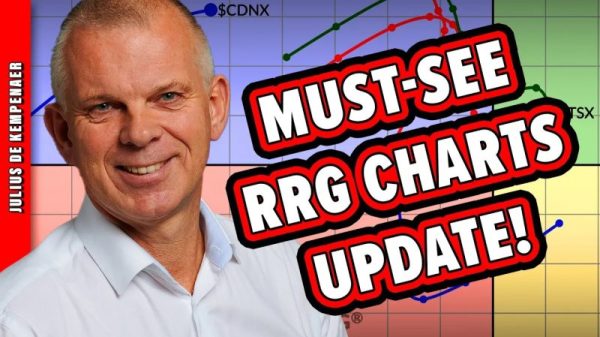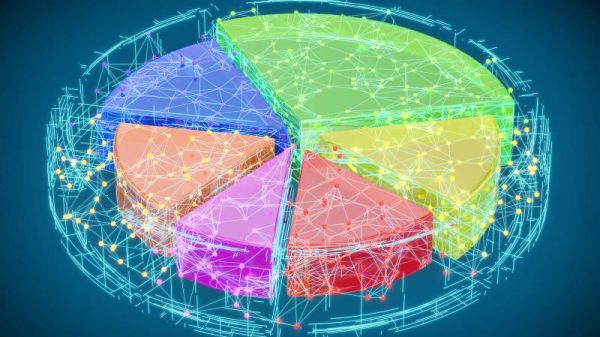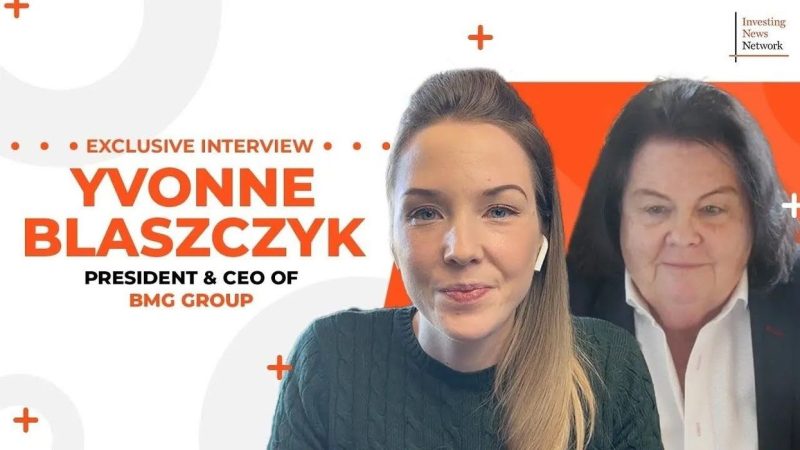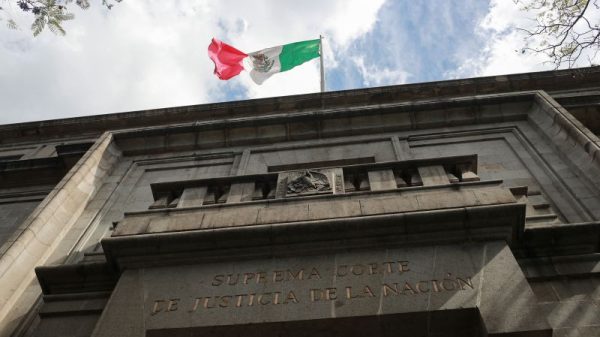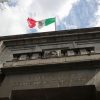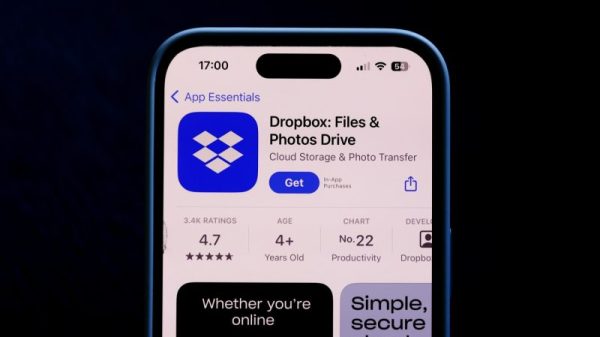Yvonne Blaszczyk: A Key Player in the Global Gold Rush
In an era where the global economy is rapidly shifting and power structures are being redefined, the market role of precious metals, particularly gold, is becoming even more significant. Yvonne Blaszczyk, renowned for her strategic insights into international finance and geopolitical shifts, offers an insightful perspective on the current gold rush. With major global players like BRIC countries (Brazil, Russia, India, and China) intensively increasing their gold reserves, the importance of understanding this emerging market landscape becomes even more critical.
BRICS Takeaways
In the past decade, BRIC nations have significantly increased their gold reserves. The rationale behind this concerted move is multifaceted. One key reason is to reduce dependency on U.S. dollars for trade and international financial transactions. Diversifying reserves by converting dollars to gold can potentially mitigate the risk of fluctuations in dollar valuations.
China, the country with the highest forex reserves, has been at the forefront of the BRIC’s gold acquisition trail. The Chinese government understands the strategic importance of gold as an economic stabilizer and its role in global power dynamics, hence its continuous commitment to bolstering its gold reserves.
India, another BRIC country, has a deep cultural affinity for gold which is traditionally considered a safe and reliable asset. Despite nominal increases in India’s gold reserves compared to other BRIC countries, the private acquisition of gold by Indian households remains significantly high.
Russia and Brazil, despite their own economic challenges, have also been keenly enhancing their gold reserves, reflecting a global pattern of discreet hedging against future economic uncertainties.
US Election Impact
Switching our focus westward to the United States, Blaszczyk also highlights the impact of the recently conducted US elections on the global gold market. The elections, which led to a shift in political power, have contributed to the volatility in the gold market.
Elections invariably lead to economic policy uncertainties, which tend to positively impact gold prices. Investors often turn to gold as a safe haven during times of instability or uncertainty. The pandemic has already driven global economic instability prompting investors to turn to safe haven assets like gold.
Additionally, the prospects of change in foreign policy and trade relations under the new administration can also impact how countries like China and Russia strategize their gold acquisition activities. Uncertainty surrounding future U.S. monetary policy has also been a driving factor, with the potential for increased inflation leading many market watchers to position their investments towards gold, hence driving an interest in the precious metal.
In Blaszczyk’s analysis, the crux lies in understanding that such seismic shifts in global power structures and economic landscapes play a crucial role in influencing the dynamics of the gold market. By considering how both BRIC nations and the outcome of the U.S. election influence the gold market, one can better understand and navigate the current global gold rush.


